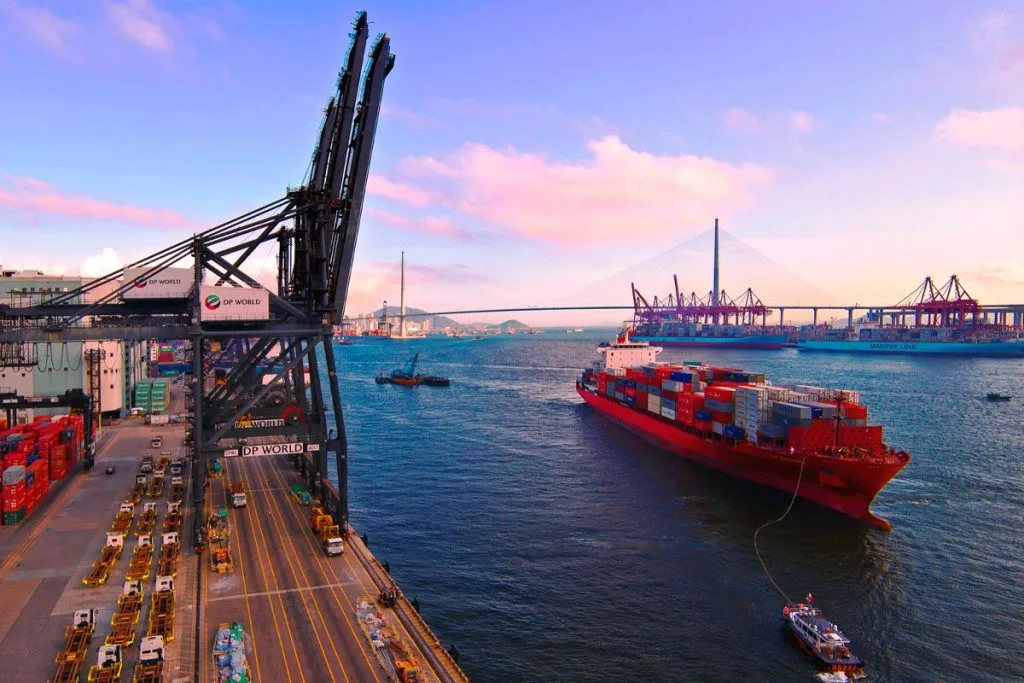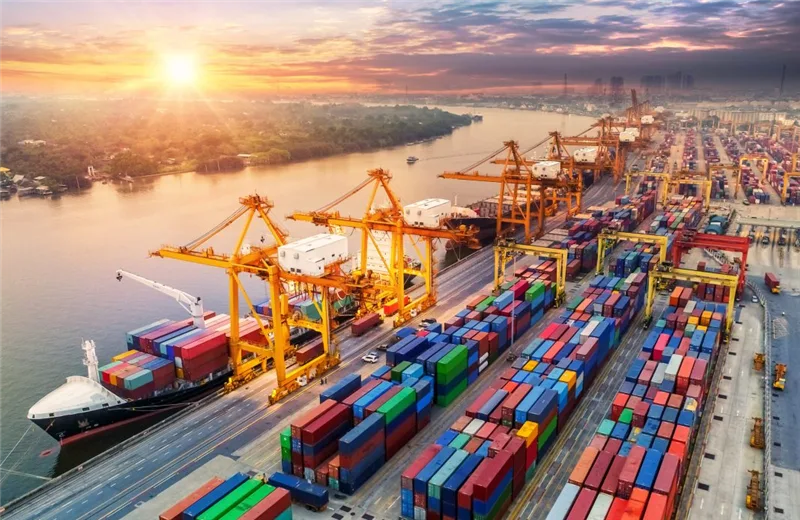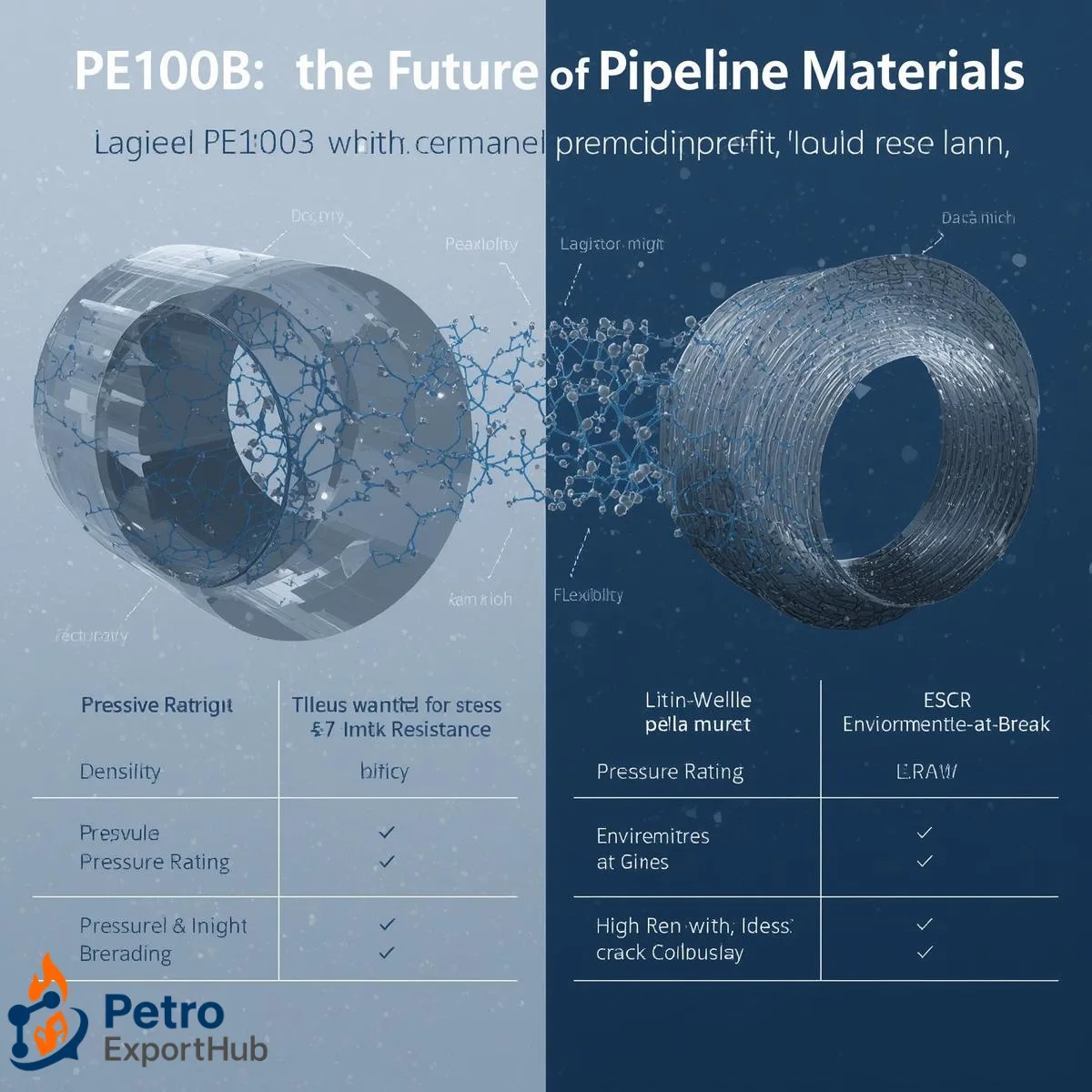Archive Articles
- Ask an Expert
- Export Guides
- Market Trends
- Product Comparison
- Shipping & Packaging
- Trade Compliance
- Uncategorized
The EV revolution is reshaping petrochemical demand worldwide. From battery electrolytes to lightweight plastics and synthetic rubbers, petrochemicals are indispensable in EV manufacturing. Exporters in regions like the Midd . . .
Currency fluctuations directly affect petrochemical export pricing, altering profit margins and competitiveness. A stronger USD raises landed costs for importers, while exporters face risks if their local currency strengthen . . .
India’s demand for polyethylene imports continues to rise, with projections of 5+ million tons by 2025. Key suppliers include Saudi Arabia, Iran, and the UAE, supported by low freight costs and strategic trade routes. For . . .
South Asia’s booming industries, from textiles to construction, are driving record demand for petrochemical imports. India and Bangladesh lead the region, importing large volumes of polyethylene, polypropylene, and MEG. Fo . . .
The Middle East hosts some of the world’s top petrochemical export ports, including Jebel Ali (UAE), Jubail (Saudi Arabia), Bandar Abbas (Iran), Hamad (Qatar), and Sohar (Oman). These ports provide specialized storage, bul . . .
Africa presents a meaningful and growing market for petrochemical exporters willing to adapt commercial models. PE100B demand is rising with infrastructure projects; base oil SN150 finds steady industrial and automotive use; . . .
Petrochemical exporters face hidden costs that reduce profitability, including insurance premiums, demurrage charges, and port delays. These costs can add up to 12% of shipment value. Insurance is unavoidable but manageable . . .
PE100B and LLDPE are two key polymers with different strengths. PE100B is stronger, pressure-resistant, and ideal for pipeline projects, while LLDPE is flexible and cost-effective but more suited to packaging and films. The . . .









